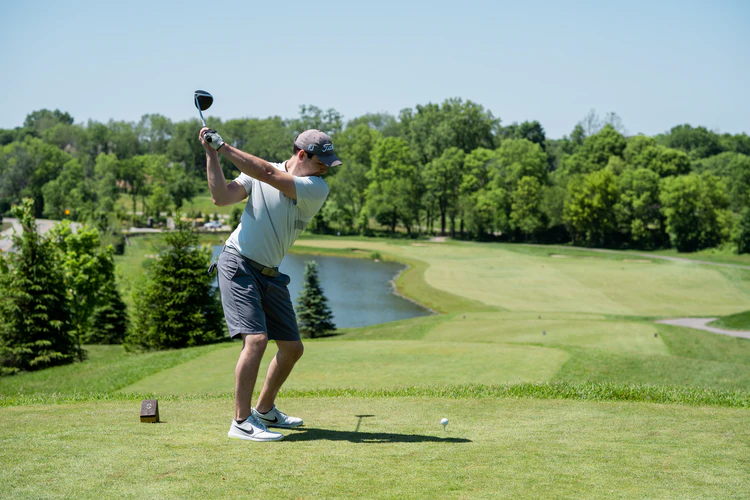Golf is a confusing game and has extensive rules, making expert officials refer to the rulebook at times as well. Trying to get to grips with all the rules and provisions is not an easy task, and not being aware of them can make your game suffer. Here are six crucial rules you should keep in mind before heading out to the course.
Playing a Provisional
It is not uncommon for a ball to rebound off a tree and make its way into the ravine. If you believe that your first stroke has resulted in the ball going out of bounds or getting lost, you should always hit a provisional just in case to maintain the game’s pace. However, you must indicate clearly to the playing group that you are about to hit a provisional.
If you fail to do so, then it will automatically become your ball in play, even if you find your first ball in the middle of the fairway. If you do not play a provisional but have lost your original tee shot, you must walk back to the tee and play another.
Dropping Procedure
Often, your golf ball can end up under a tree or any other spot where it may not be possible to take a swing. Accordingly, you can declare an unplayable lie for one penalty stroke. As per the revised rules, a player must drop the ball straight down from knee-height instead of shoulder height, so it lands and comes to rest in the relief area. It should touch your body or equipment until it lands on the ground. The relief area will be one or two club-lengths as measured from the reference point.
If the ball rolls away from the relief area, you must drop it again. If it does not rest in the relief area the second time, you must place it where it first hit the ground.
Helping With Alignment
No one can help you with the alignment for your stroke. A caddie can no longer stand directly behind the ball as you take your stance and prepare to play the stroke. If you position yourself with your caddie behind the ball, you may back away and start again on the putting green without penalty. However, if you go through with the stroke and violate the rule, it will lead to a penalty of two strokes in stroke play.
Needless to say that the correct alignment is critical to your success out on the golf course. Enhancing your strength, having a proper grip, and a balanced posture are all common tips for gaining some extra distance in your golf game. However, ask any professional, and they will tell you that the proper aim and alignment play an essential role in increasing your distance and gaining those extra yards.
Touching the Sand in Bunker
While you can touch and move loose impediments like rocks, twigs, and branches in the bunker without being penalized, you must make sure not to ground your club in the bunker. If you move your ball, you will get a one penalty stroke. You must also be careful not to touch the sand with your club, whether you ground it in front or behind the ball, during your backswing, or when taking a practice shot in the sand.
All of these things will come under touching the sand intentionally to test its condition. If you do so, you receive a loss of hole penalty in match play or a total of two penalty strokes in stroke play.
Search Time
This may be a simple rule but is often overlooked by many golfers. As per the new rules, the USGA gives you 3 minutes, down from five, to search for a potentially lost ball. The underlying principle behind this change is to play the game promptly and continuously without having long pauses in play.
The clock starts ticking the moment you reach the spot to look for it. If you can not find the ball within three minutes, it is considered lost. There is no penalty if you or the caddie moves the ball accidentally during the search.
Counting the Clubs
The maximum number of clubs you can carry in your bag during a round is 14, including your putter. If you break this rule and have more than this amount, you get a two-stroke penalty per hole going forward and a maximum penalty of four strokes. Therefore to avoid this penalty, make sure to double-check how many clubs you have in your bag before teeing off.

Knowing these essential rules of the game before you head to the course can help elevate your game and enhance your clarity on how you can handle different situations during the game without any possible penalties or restrictions.


